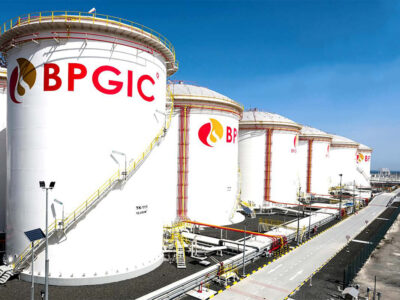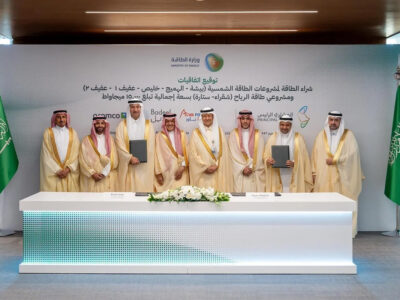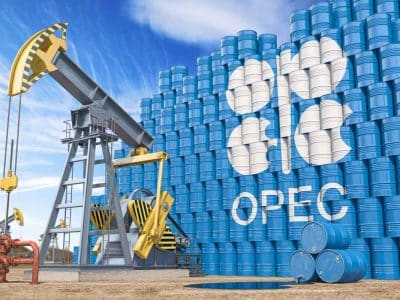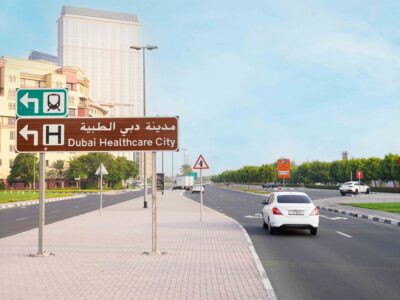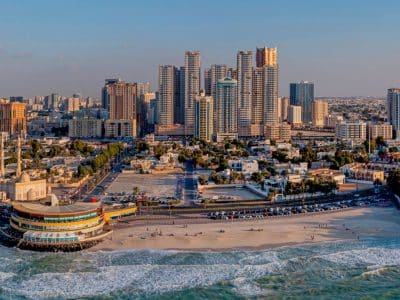Emirates Water and Electricity Company (EWEC) has forecast a significant 50 percent reduction in carbon dioxide (CO2) emissions by 2025, with a shift towards more sustainable water and electricity production.
EWEC has also revealed major investment plans in reverse osmosis (RO) desalination capacity growth to boost efficiency and reduce the cost of water production.
The forecast was contained in the company’s latest Statement of Future Capacity Requirements Summary Report for Abu Dhabi’s future water and electricity production – the first time the statement summary report has been made available publicly.
Bruce Smith, EWEC’s forecasting and planning director, told Arabian Business they had witnessed a 15 percent reduction in CO2.
He said: “Between 2020 and 2025 we’re going to have additional RO entering the system, we’ve got solar PV entering the system, plus nuclear; all of those three things together are driving an expected halving of CO2 emissions from the power and water sector here, from around 40 million tonnes to around about 20m tonnes over that five-year period.”

EWEC has already implemented strategic plans that have reduced emissions. The company’s average CO2 intensity from electricity generation fell in 2018 to 350g per kilowatt-hour (kWh), 15 percent down from 412g/kWh in 2015 due to the commissioning of new energy-efficient plants.
“It’s interesting because up until 2015, the UAE was one of the fastest growing regions in the world in terms of year-on-year electricity and water demand growth. We’d seen 9 or 10 percent growth most years between 1999 on privatisation all the way through to 2015, where it peaked with the largest year-on-year growth we’d ever had at 13.6 percent and then in 2016 it dropped quite dramatically and we had just over four percent growth (electricity),” said Smith.
“We’re now seeing electricity demand growth much more in line with other international, more mature jurisdictions, where it’s somewhere between 1.5 to 2 percent a year.
“Our expectation certainly in the non-oil sector is that Covid will have an impact over the next few years and it remains to be seen how much of a knock-on impact that will have in terms of pegging back demand. I think it’s a case that it will be a short-term impact. Whether we see a full impact from 1.5 to 2 percent to perhaps 1 to 1.5 percent, that’s possible.”
The statement also recommends significant investment in new RO desalination capacity, which includes 170 million gallons-per-day of new capacity to serve existing demand.
However, Smith said there were no immediate plans to invest any further in solar power although he said the “best-case scenario” is to add another 6 to 8GW by 2030.
The emirate already boasts the Al Dhafra plant, which is due to be commissioned in 2022, and will become the world’s largest single-site solar power plant, using around four million solar panels to generate 2GW of electricity, enough for about 160,000 homes across the UAE; as well as the current world’s largest single-site solar project, Noor Abu Dhabi, located at Sweihan in the emirate, which covers an area of eight kilometres and features 3.2m solar panels, producing approximately 1.2GW of power.
He said: “We’ll be looking at additional PV later on as the demand grows. If we can add additional industrial demand for example then there’s potential for adding 3GW of additional solar PV around 2024/2025 just depending on how much additional demand we can add to the system.”
